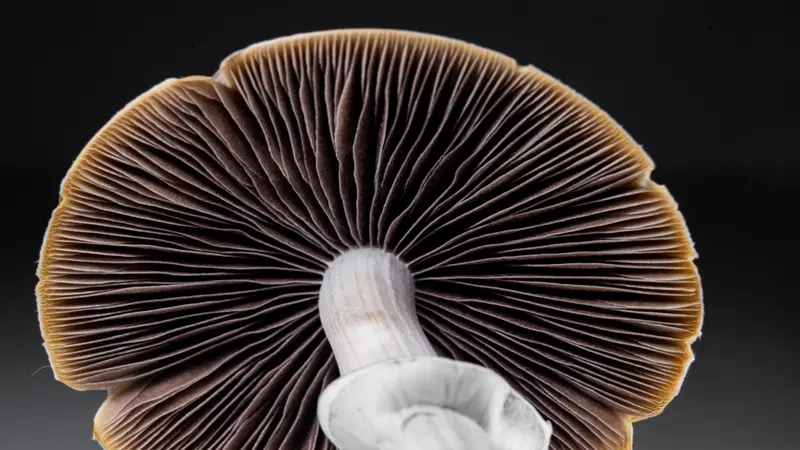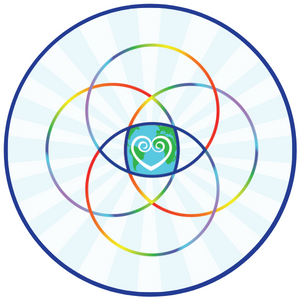

Complementary and Alternative Medicine (CAM)

Complementary and Alternative Medicine (CAM)
Magic Mushroom Effects In The Brain
A 2024 study investigating the brain activity of healthy adults before, during, and after taking a high dose of psilocybin. Psilocybin is a naturally occuring psychedelic compound found in fungi, commonly called magic mushrooms, known for altering perception and consciousness.
Using advanced brain imaging techniques, the research revealed that psilocybin significantly disrupted brain connectivity pathways, especially in regions linked to self-awareness, time, and space, such as the default mode network (DMN). The DMN is a group of brain regions that are active during self-reflection, daydreaming, memory retrieval, and mind-wandering. The DMN is also associated with our sense of self and reality. Dysfunction in this network has been linked to conditions like depression and anxiety, and it is often the subject of study in neuroscience research. Cognitive behavioral therapy, a psychotherapeutic intervention often applied for depression and anxiety, targets the DMN and alters connectivity in this region in the course of treatment.
The study found that psilocybin caused a desynchronization of brain activity, particularly across regions typically in sync, which could explain the profound changes in perception often reported by users. These disruptions were most pronounced in the DMN. Interestingly, the changes in brain connectivity correlated with the subjective experiences of the participants—those who reported more intense mystical experiences, like a loss of time or ego dissolution, had more significant brain changes.
Psilocybin’s effects were not short-lived. The brain connectivity disruptions persisted for weeks, potentially explaining the lasting therapeutic benefits observed in clinical settings for conditions like depression. The research also showed that engaging in tasks reduced some of these psychedelic-induced brain changes, a finding that could have implications for psychedelic therapy, where such tasks are used to ground patients during intense experiences.
This work highlights the potential for psilocybin to induce lasting, positive changes in brain function, which could be harnessed for therapeutic purposes.
REFERENCES
- Menon, V. (2023). 20 years of the default mode network: A review and synthesis. Neuron, 111(16), 2469–2487. https://doi.org/10.1016/j.neuron.2023.04.023 (Published online May 10, 2023; print issue August 16, 2023)
- Sheline, Y. I., Thase, M. E., Hembree, E. A., Balderston, N. L., Nitchie, F. J., Batzdorf, A. S., Makhoul, W., & Lynch, K. G. (2025). Neuroimaging changes in major depression with brief computer-assisted cognitive behavioral therapy compared to waitlist. Molecular Psychiatry, 30, 3579–3587. https://doi.org/10.1038/s41380-025-02945-x
- Siegel, J. S., Subramanian, S., Perry, D., Kay, B. P., Gordon, E. M., Laumann, T. O., Reneau, T. R., Metcalf, N. V., Chacko, R. V., Gratton, C., Horan, C., Krimmel, S. R., Shimony, J. S., Schweiger, J. A., Wong, D. F., Bender, D. A., Scheidter, K. M., Whiting, F. I., Padawer-Curry, J. A., … Dosenbach, N. U. F. (2024). Psilocybin desynchronizes the human brain. Nature, 632(8023), 131–138. https://doi.org/10.1038/s41586-024-07624-5 Illinois Experts


 By
By







